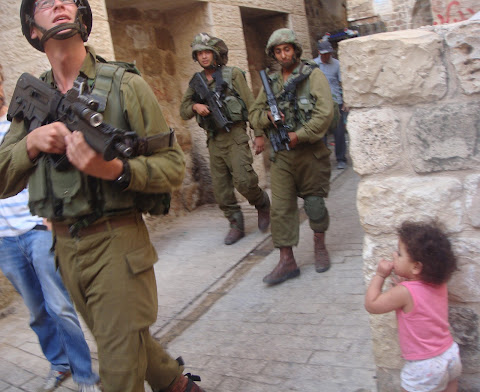Category: Journals
-
A day of violence and intimidation in Hebron
By Anna Conroy September 12, 2012 | International Solidarity Movement, West Bank On the morning of September 10 in south west Hebron, at Checkpoint 56, a Palestinian man was shot with live ammunition by the Israeli military. Residents and army officials reported that Molotov cocktails were thrown at the checkpoint, and in response the soldiers…
-
Ni’ilin struggles on
By Anna September 12, 2012 | International Solidarity Movement, West Bank On Friday 7th September myself and four other international activists attended the weekly demonstration against the apartheid wall in the village of Ni’lin. Since 2004 the villagers of Ni’lin have been non violently protesting against the annexation of their lands. So far the village…
-
I can’t sleep
By Abu Sarah 31 August 2012 | International Solidarity Movement, West Bank “I can’t sleep. As soon as I close my eyes, I see settlers everywhere.”, says Amer the six years old son of my friend. Omar leaves his mattress and joins me outside, where I’m watching the beautiful full moon. This evening Amer’s father is…


